Last weekend I introduced my month-long series on guided reading with a post about the components of a guided reading lesson. As I mentioned in that post, I’m going to be discussing the major components of a lesson in more depth, starting with today’s article.
In today’s post, I’ll share information about what a strong book introduction includes. The book introduction in a guided reading lesson lasts just a few minutes, but getting “good” at doing them takes some practice (and is something that’s challenging for me)!
Crafting a strong book introduction is important because it will draw your readers in and get them excited about reading the text! It also provides supportive teaching to help your students successfully read a book that would be just a little bit too hard for them to read independently.
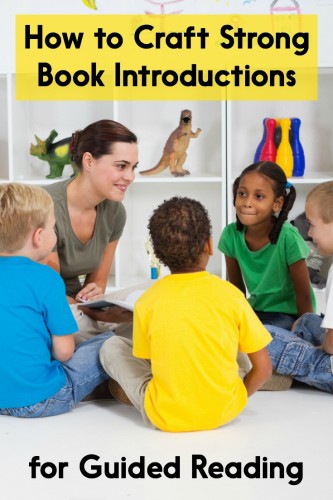
Photo credit: michaeljung, Shutterstock
“Dos and Donts”
When you introduce a book to a group of students, you do want to…
- Engage students in talking about and looking at the pictures and words of a book
- Hold a natural conversation in which students respond to a few questions
- Introduce important language structures and words to help students successfully decode and comprehend the text
- Discuss important concepts and get students thinking about the main idea of the text
- Briefly mention a strategy that students might find helpful as they read the text
- Provide students with a purpose for reading the book
However, you probably don’t want to…
- Do a lengthy book walk and invite students to discuss what they see on every single page
- Spend lots of time “talking at” the students without giving them opportunities to respond
- Give away the ending or surprise in a story
- Have students make lengthy predictions about the content of the book or guess the meanings of key vocabulary words
- Spend lots of time teaching or analyzing words / phonics patterns
Basically, the book introduction should be short, sweet, and pack a punch! Now let’s take a look at how a book introduction might differ, depending upon the level of students that you teach.
Kindergarten / Early First Grade (Or Readers In Levels A – E)
Beginning readers typically need a relatively supportive book introduction. I like to start by showing students the cover of the text and briefly explaining what the book is about. I don’t hand them the book right away, so I’m sure I have their attention as we look at the cover and title together.
If there are concepts that may be unfamiliar to students in the text (i.e. if students live in the city and we are reading a book about a farm or rural life), I give students a little bit of background information. I also try to connect the text to students’ prior experiences.
Then, I pass out the books and ask students to look at a couple of different pages. I draw their attention to certain things in the pictures, and I may have them find or name these items. If I think that students will not know the name for something important in the picture, I typically “give” them the word (and also have them point to the actual word in the text).
As we look at these pages, I also try to get students talking about what is happening in the text. This helps them get ready to read the words on the page because they’ll have an idea about what some of the pages are about. (And getting students to use meaning is such an important habit for those early readers to develop!)
I also usually tell students a couple of words or phrases in the text. When I read a text to prepare for the lesson, I look for words that may cause problems for students. For example, I typically tell students any sight words that they don’t yet know and would be tricky to decode (like “there”). At the same time, I make sure not to remove all of the “work” in the book – I still want students to have to use their decoding strategies and problem solving skills.
Finally, since texts at these levels are often patterned, I try to get that sentence structure or language pattern “in the kids’ mouths.” I do this by either telling them the pattern or asking a question so that they respond using language similar to that used by the text.
To make all of this more concrete, I created a sample book introduction to go with the text featured below. Let’s imagine that students are reading the text featured below. They have some very basic sight word knowledge and can mostly point 1:1 as they read. They are learning to consistently cross-check their reading using the picture and the first letter of each word.
Teacher: (Holding up book cover) “Boys and girls, I am so excited to share this book with you today! It’s about something that you might do at home…it’s called Making a Sandwich. Have any of you ever made a sandwich, or helped someone make a sandwich for you?”
Children respond – keep their “talk time” brief
Teacher: Let’s take a look at what the little boy in this story puts on his sandwich. (Passes out books) Turn to page 2. What do you see here?
Children: Bread!
Teacher: Yes, this sandwich has some bread. Can you point to the word some? (This is a good word to pre-teach for this group, because it’d be tricky to decode and they don’t know it yet as a sight word.)
Children: Point to “some” in the text.
Teacher: Let’s take a look at what else the boy got. Turn to page 5. This picture shows two things, doesn’t it? The boy got…
Children: Tomato
Teacher: And?
Children: Lettuce!
Teacher: Yep, the boy got lettuce and tomato. Now let’s start back at the beginning and read to find out what the boy does with his sandwich! Don’t forget to check the beginning letter of each word as you read.
In this book introduction, the teacher gives students a word that might trip them up (some – because it’s hard to decode) and points out a place where the pattern in the book changes (the page with lettuce AND tomato, instead of just one food item).
Although I’m not going to pretend that this is a flawless book introduction, I do hope it gives you an idea of what one can sound like!
Mid First Grade / Second Grade (Or Readers In Levels F+)
When I work with readers at level F or above, my book introductions tend to be briefer and somewhat less supportive. I teach fewer words and mainly focus on getting kids thinking about the central ideas of the text.
However, my book introductions vary based upon the needs of the group. Some groups need me to point out certain language patterns in the text, particularly if they are significantly different from oral language. Other groups may need more pre-teaching of words because they struggle with phonics.
I also tend to teach a vocabulary word or two when introducing texts to more fluent readers. However, I don’t ask students to guess at the meaning of the word (this just takes too long). I simply tell students the word, have them repeat it, tell them what it means, and explain how it will be used in the book. After we read the book, I have them locate the word in the text and we again discuss the meaning (this time I ask the kids to explain what it means in their own words).
Here’s an example of a book introduction I might give to readers at a level K who will be reading a book about whales. This introduction is designed for a group of students who are relatively fluent decoders but sometimes read without paying close attention to meaning. The introduction will encourage students to think about a central concept of the text – the size of the whale, and how its size affects its daily life.
Teacher: (Passes out copies of the text to students) Boys and girls, today I brought a nonfiction book to share with you. The book is going to teach us information about whales. What’s one word you’d use to describe a whale?
Children: Huge!
Teacher: Yes, whales are definitely huge. If we look at our two classroom walls (pointing), some whales might not even fit between them!
Children: Wow!
Teacher: Yeah, a whale’s size is pretty amazing. And in this book you’ll find out how important their size is to how they live. For example, we’ll read about how much they have to eat on page 10. Let’s turn to that page.
Children: Turn to p. 10.
Teacher: When you read about how much food a whale eats in one day, I want you to close your eyes and try to picture just how much food that really is. And speaking of food, you’re going to learn that whales eat krill. Can you say that word with me?
Children: Krill.
Teacher: Krill are really tiny shrimp that whales eat. That seems sort of strange, since krill are so small and whales are so big.
Child: Well, they probably have to eat a lot of them.
Teacher: Yes, exactly – to fill up their huge stomachs! As you read the text, keep trying to picture just how big a whale is, and how that affects how it swims, eats, and lives.
In this example, the teacher does the majority of the talking. Occasionally, you may want to incorporate a bit more student talk into your book introductions.
At the same time, keep in mind that it IS okay for you to do most of the talking during a book introduction. Your purpose here is only to “set the stage” for students’ reading. You don’t want to get involved in lengthy conversations that get the discussion off track from the central ideas that you want to share with students.
Conclusions
Again, the book introductions I’ve shared here are not perfect examples. Book intros are difficult to get right, in my opinion. You want them to be conversational – yet still focused on what’s important. You want to give the kids support – but not too much support. It’s such a balancing act!
If you’re looking for ready-to-use guided reading lessons (book introductions included!), check out my guided reading packs:
Individual levels and other bundle options are also available HERE.
If you have any tips or tricks for crafting a good book introduction, please share them in the comments! Tomorrow I’ll be continuing this series with a post about effectively coaching students as they read the guided reading text, so check back then! 🙂
Update – the posts in this series are now complete! Check them out here:
How to Effectively Coach Students During Guided Reading
What To Discuss After Students Finish A Book During Guided Reading
10 Post-Reading Activities for K-2 Guided Reading Lessons
Overcoming The Guided Reading Time Crunch
Resources
Fountas, I. C., & Pinnell, G. S. (1996). Guided reading: Good first teaching for all children. Heinemann, 361 Hanover Street, Portsmouth, NH.
Richardson, J. (2009). The next step in guided reading: Focused assessments and targeted lessons for helping every student become a better reader. Scholastic Incorporated.
*The authors of this text are in no way affiliated with this blog – I am referencing their work as a means of explaining and supporting the ideas I set forth in this post.*


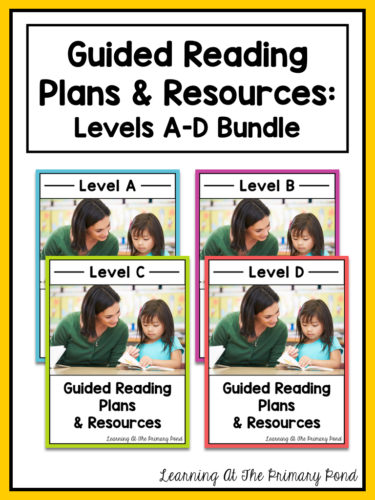
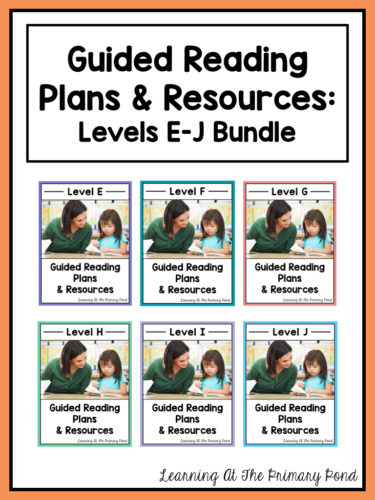
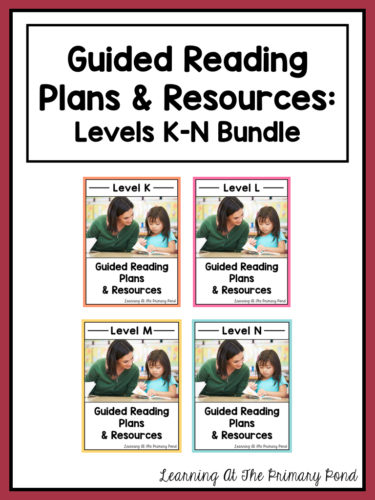
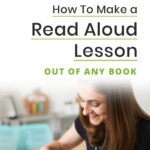
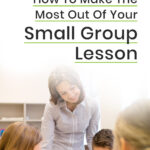

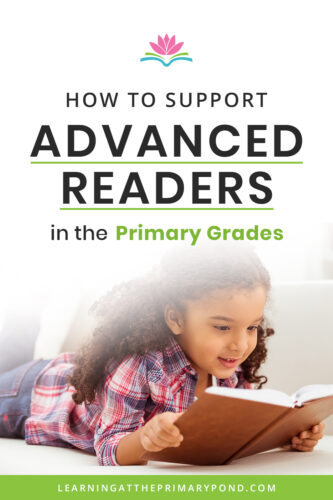
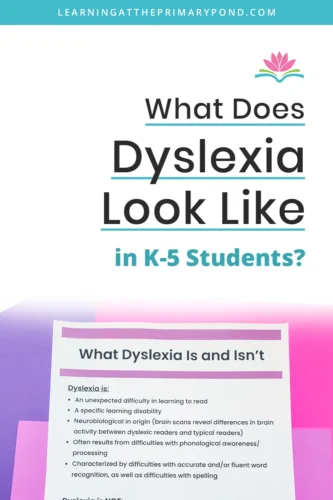
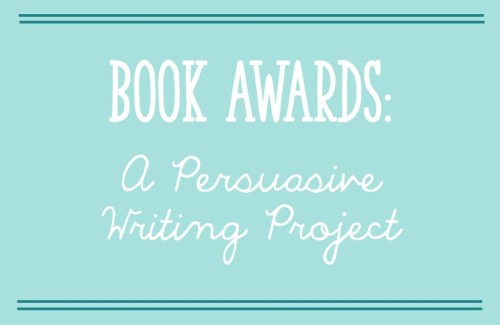






I love this post! I love the idea of seeing each part of your time with them as kindergarteners learn to read and I love how simple you made the introduction. Thanks for you insight.
Your post is really helpful — quick, to the point, with concrete examples. I’m going to share it with my K and 1 teachers during our next professional learning time. Your do’s and don’t’s would make a great conversation starter for my teachers. Thanks for providing differentiated examples!
Hi Lori! So glad it was helpful – and concrete! Thanks for reading + sharing! 🙂
Alison